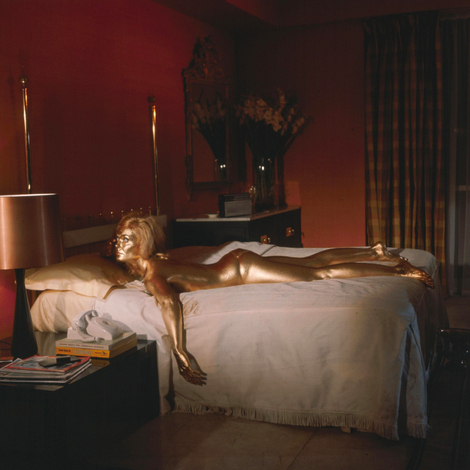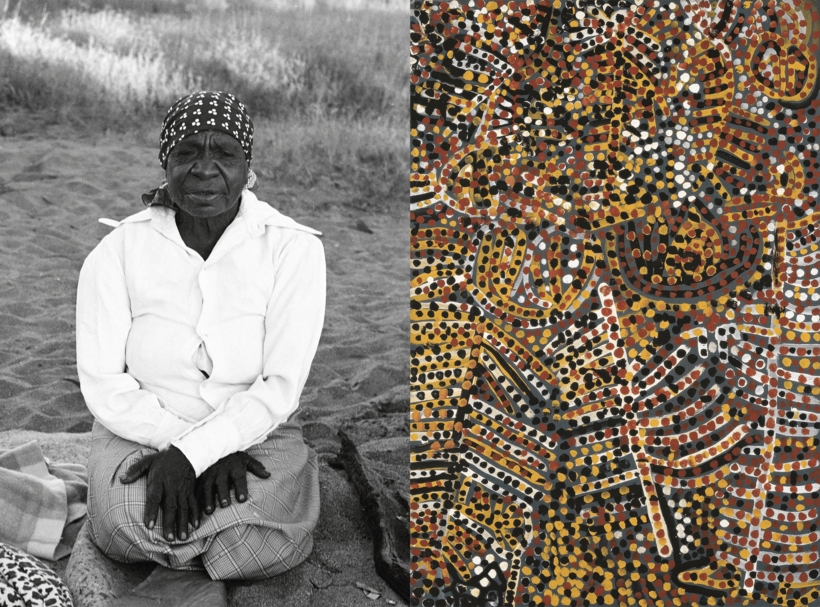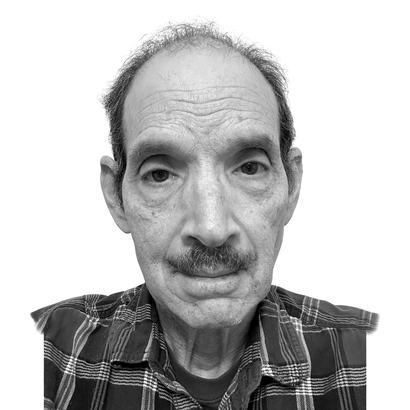The Aboriginal painter Emily Kam Kngwarray lived and painted close to the earth. She worked with the canvas spread on the ground, sitting cross-legged on an unpainted part and applying colors with certainty and speed. While these paintings might at first seem largely abstract, they pack in highly stylized references to her world—to emus and yam-plant vines and the brilliant desert seasons in her small patch of north-central Australia—Alhalker. Most remarkably, Kngwarray (pronounced “Ung-wahr-ay”) began her practice in her mid–70s. By the time she died, eight years later, in 1996, she had produced thousands of canvases.
Next Thursday, “Emily Kam Kngwarray,” the first large-scale exhibition of the artist’s work in Europe, opens at London’s Tate Modern. Created in collaboration with the National Gallery of Australia, it includes more than 80 paintings. Lead curator Kelli Cole, who curates special projects for the Aboriginal and Torres Strait Islander Art Department at the N.G.A., met the artist a number of times through her uncle’s partner, an art adviser and art-center administrator. In the late 1980s, Cole observed Kngwarray in her painting circle, sitting on the ground under a shady tree. She was, Cole says, “a very joyous, very loud person,” loved, respected, and strong. Even in her 70s, Kngwarray could youthfully “spring up from the ground.”

If she seemed stoic, there were reasons: two marriages; hard work tending to goats and camels; life in a culture that had long ago clashed with white settlers and suffered badly for it. Summer days could easily break 110 degrees. Regarding her art, Cole says, Kngwarray was likely unaware or uninterested in any Western painter who might have influenced her.
While some paintings make their subject clear, Kngwarray’s first, Emu Woman, shows how complex she can be, as Cole discovered when she recently talked to members of the artist’s family. Kngwarray presents the emu in sections, such as the neck and ribs, much as women would prepare it for cooking, according to strict community protocols. The artist hides emu tracks behind multiple dots, which themselves signify emu fat (yellow) and half-cooked meat (red).
From her first painting on, Kngwarray played a leading role in the Aboriginal-art movement, which over the years has ridden a roller coaster of financial peaks and valleys. During her lifetime, her work drew major collectors; more recent among them is the actor Steve Martin. Kngwarray passed on her millions in profits to her community and expanded her late artistic quest, experimenting with scale.

For example, the vines, roots, and seeds of a pencil yam, a local food staple, had long been part of her work. Kam means “yam seed” in her language: “I am Kam,” she once said when talking about her practice. In 1995, a year before she died, Kngwarray painted Yam Awely, one of a set of monumental paintings that measured 5 feet high by 16 feet wide. The hypnotic spaghetti-like pattern on a black background evokes both the vines that hide the underground yam plant and women’s ceremonies that include body painting, which Kngwarray specialized in long before she turned to canvas.
Kngwarray made sure that her legacy included many homages to her homeland, some of the best coming in 1993. That year she created “the Alhalker suite,” 22 canvases that Cole calls a “kaleidoscope” of her homeland’s seasonal colors, and My Country, which sees Kngwarray’s blend of nature, technical wizardry, and personal iconography reaching some kind of summit.

My Country depicts a well-known site in her homeland, a rock formation pierced by a tunnel-like cave. When Kngwarray was a child, her grandfather brought her to the rock and pierced her nasal septum—a local tradition—creating in her flesh an opening that echoed the rock. At the bottom of My Country, with its orange-and-red palette, the artist, who would die three years later at around 82, included a glowing dot-arrayed version of the cave, a nod to her childhood. The picture’s wild color scheme may suggest a ménage à trois of Turner, Monet, and Seurat. But it is all Kngwarray.
“Emily Kam Kngwarray” will go up at the Tate Modern, in London, from July 10, 2025, to January 11, 2026
Peter Saenger has written and edited for The Wall Street Journal on such topics as art, art books, museums, and travel. His fiction has appeared in The New Yorker


